Why does the city fight gravity?
New Orleans cannot be drained by gravity because it is shaped like a bowl.
Much of New Orleans has subsided to elevations well below sea level; after a century of subsidence, the ground no longer slopes toward the city’s natural drainage outlet, Lake Pontchartrain. All of the water that falls in the area bounded by the lake, the Mississippi River, the Industrial Canal, and the 17th Street Canal must be removed from the city by mechanical pumping.
From natural to mechanical drainage
When New Orleans was confined to the high ground of the Mississippi’s natural levee, the city drained to Lake Pontchartrain by gravity. At the turn of the twentieth century, when people began to inhabit the back-of-town swamps, pumps were needed to remove water from the soggy ground. Mechanical drainage accelerated after 1913, when pump technology became more efficient. By the 1950s, the area bounded by the river, the lake, the Industrial Canal, and the Jefferson Parish boundary (now known as Drainage Basin 1) had been completely drained and developed. Almost no trace of water remained at the surface of the city: land was subdivided to create as many saleable parcels as possible, and storm water was conveyed to the lake through a series of canals, some at or above grade and many below ground.

Drainage canals, 1895. The Historic New Orleans Collection.
Unexpected consequences
Unfortunately, drying out the swamps caused the ground to subside. As the land fell lower and lower, it became more vulnerable to flooding, and water no longer drained naturally to Lake Pontchartrain. During the middle of the twentieth century, levees were built to protect the falling city from the lake, and pumps became necessary to lift the water to lake level. Today, much of the city is below sea level. Rainwater enters the storm sewer system through drains in the street and travels through pipes and canals to pumping stations, where it is mechanically lifted and sent through outfall canals to Lake Pontchartrain. The system can store half an inch of rainfall, and it can pump half an inch of rain in one hour. After that, the city begins to flood.
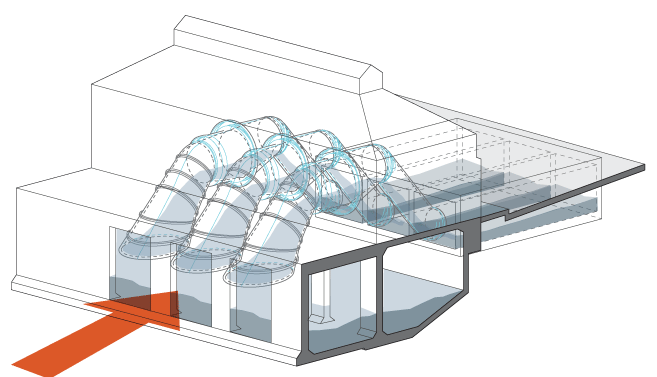
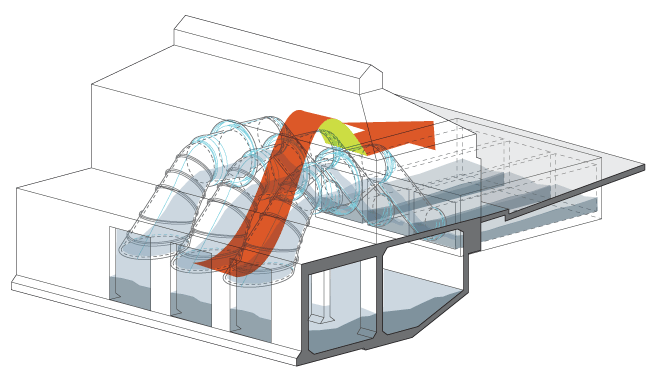
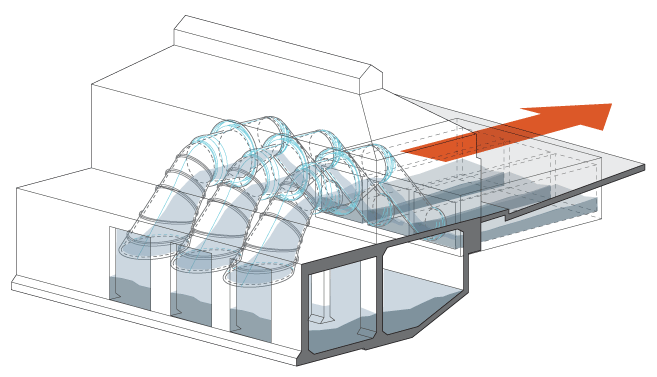
The need for levees
Because the city is lower than the water around it, its perimeter must be protected by a series of floodwalls and earthen levees. These barriers take different form at different locations along the city’s edge. They require constant, vigilant maintenance.
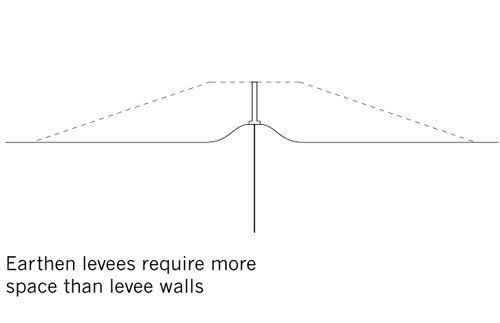
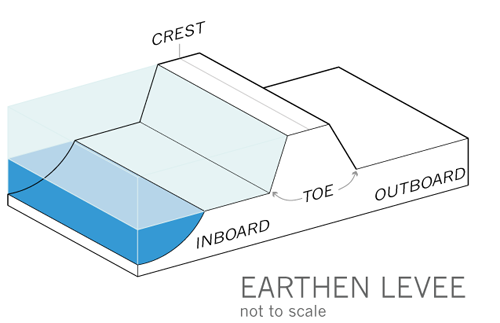
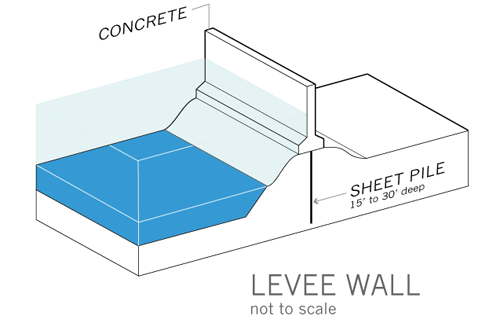
During Hurricane Katrina, the storm surge overtopped and undermined levees and floodwalls at the city’s boundary and along its drainage system. Catastrophic flooding resulted.
